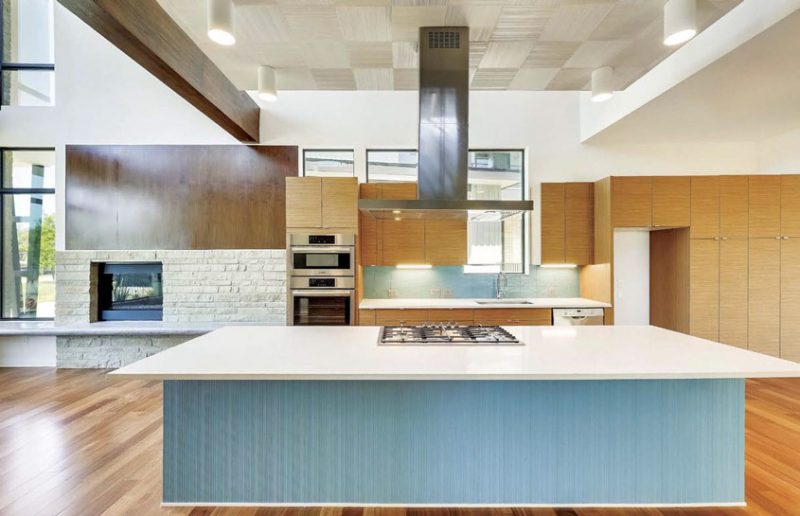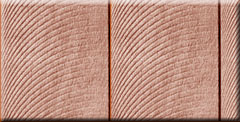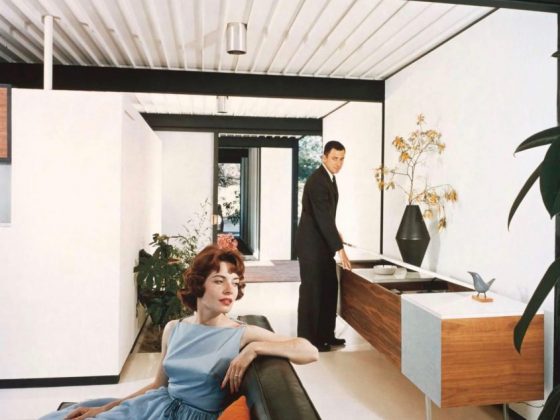Have you ever noticed a “combed” or “striated” accent wood panel in a Mid Century home and wondered what exactly creates the texture? It may look like wallpaper at first glance, but “Weldtex” is actually a decorative form of Mid Century paneling, developed by Donald Deskey in 1940.
Produced throughout the Mid Century, it was especially popular in the 1950s. Jeff Nichols, owner of Vintage Plywood Millworks and Eichler Siding, began recreating this unique plywood about 5 years ago in his Novato, California, workshop.
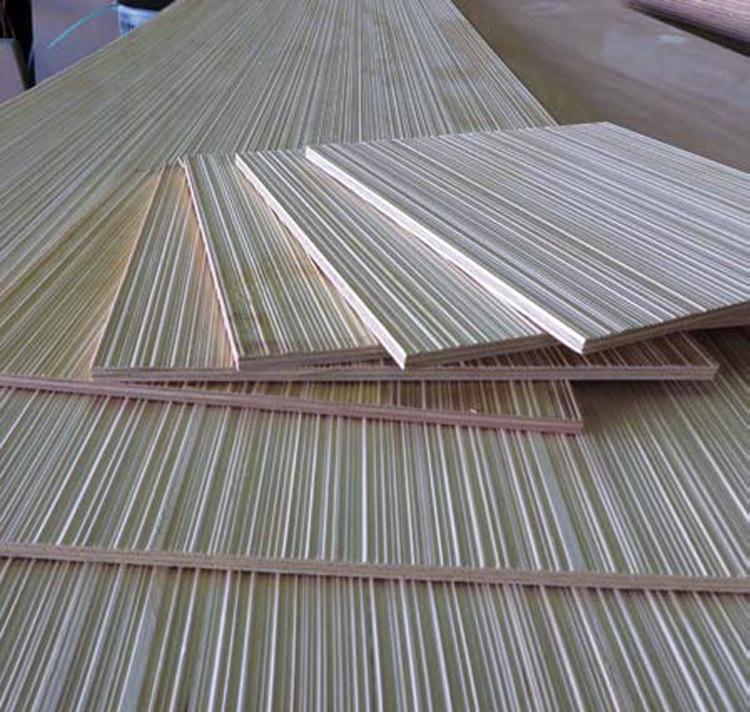
Prior to making Weldtex, Jeff began recreating Eichler siding, a grooved plywood used heavily by Joseph Eichler in his Mid Century homes. After numerous requests from builders, architects and realtors looking for replacement siding for their Eichler homes, Jeff started producing the panels.
“I learned very quickly that [Eichler siding] wasn’t available and I was … surprised because I knew there were at least a couple thousand [Eichler] homes in Marin. I later found there were close to 11,000 Eichler homes in the Bay Area,” says Jeff.
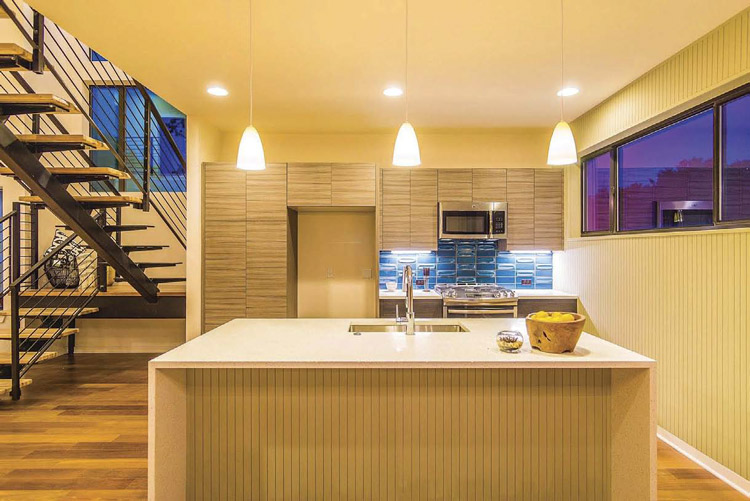
Using Weldtex
Vintage Plywood Millworks produces the Weldtex panels and ceiling tiles in the same way it was done in the 1950s. “It was almost always 3/8″ thick plywood with a pine face,” says Jeff. Split into three sections (1/8″ back, 1/8″ center core and 1/8″ face), the striations are milled onto the top face layer to create a decorative appearance in softwood.
Plywood made from hardwoods, however, comes from mills with an extremely thin face layer to save cost, making them unsuitable for creating striations on the thin top layer. “But then I started thinking, ‘What if somebody wanted walnut or birch or oak?’ So that’s why I make the hardwood planks,” Jeff says. Also called “solid stock,” the hardwood planks are 3/8″ thick, made from solid wood instead of 3-ply.
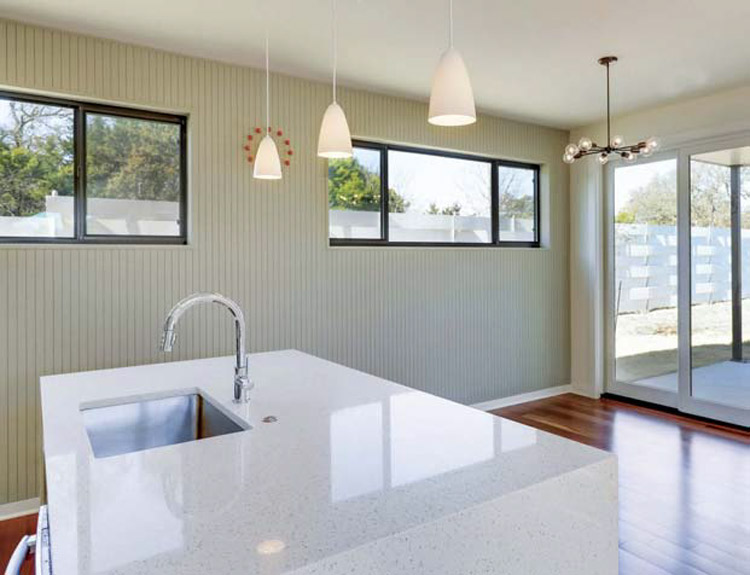
Because of their porous texture, the pine plywood panels and planks are best finished with primer and paint, rather than stain. “However, some clients have had good success using a stain conditional prior to staining. This helps even out the color between the soft and hard grain on the plywood material,” Jeff explains.
The hardwood planks, however, look best with a clear-coat finish. When it comes to installation, a combination of panel adhesive and finish nails (instead of larger, heavier nails) works best. “Because of the uniqueness of the combed texture, the finish nails kind of hide themselves in the valleys … if some care is taken,” Jeff advises.
Plank-Tex siding is used almost exclusively for exteriors.
Using Eichler Patterns
“The three main Eichler patterns are thinline, wideline and Plank-tex,” explains Jeff. “The best one that works on the interior is the thinline, and that’s because the grooves themselves are narrower and shallower and give a crisp appearance of the pattern without exposing too much of the inner veneer core,” he continues.
While the deeper grooves of the wideline siding are generally used for exteriors, some of Jeff’s customers have used it for inside walls. Planktex, with its very rough face, is almost exclusively for exteriors. “It’s meant to look like re-sawed planks that came out of a sawmill,” says Jeff.
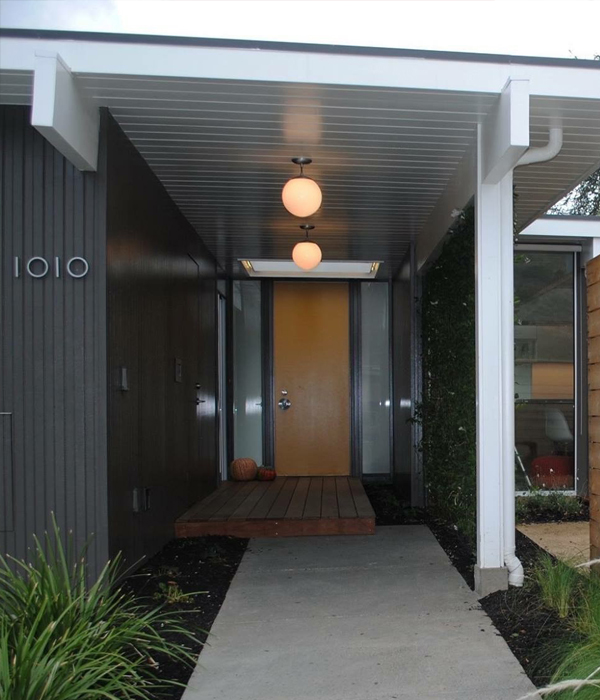
Originally designed for siding, the panels tend to be a bit thicker and heavier than average interior panel. However, standard interior application for wall paneling can be used during installation. Jeff advises to find the studs in the wall, use standard nails along with panel adhesive and ensure the panel is placed against a solid substrate. “For the most part, these are painted and not stained,” he adds.
Joseph Eichler’s homes are known for their easy transition from inside to outside, created with a variety of different design tricks. “Eichler had a number of floorplans where he often brought that exterior siding into the room itself, so it looks continuous. He did that with both the thinline and the wideline,” says Jeff.
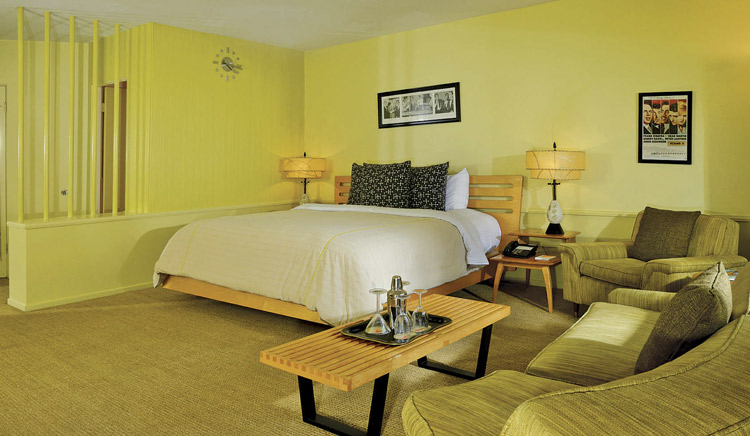

Check out the Mid Century paneling for yourself here, and of course, don’t forget to follow us on Instagram, Facebook and Pinterest for more Mid Century Modern articles and ideas!

